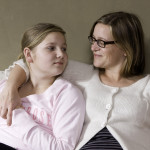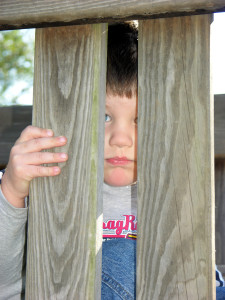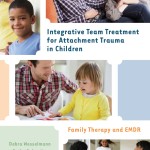Homework? Being told no? An angry face or voice tone? Bedtime? Getting up? Holidays? If you can identify his triggers, you might be able to make an educated guess regarding the negative beliefs driving his or her behaviors.
Some children have the stuck belief, “I never get what I want!” Children who have suffered losses or big disappointments are especially triggered by the word no. It’s like all of their past feelings related to disappointment all surface at once, and they become overwhelmed by their big feelings.
Another common stuck belief is, “I can’t trust others to care for me and give me what I need (and I might die if I don’t get what I think I need!)” Therefore, “I have to be in charge of getting my own needs met – any way I can!” Children can’t put their stuck beliefs into words – unless they have some therapeutic help. But the stuck beliefs unconsciously drive their behaviors and lead them to plead, demand, and sneak or steal whatever they think they need. Imagine if you truly had a feeling that you would die every time you didn’t get something you wanted. Any of us would resort to desperate measures to protect ourselves!
Children who meltdown around homework often have a stuck beliefs, “I can’t do it! It’s too hard!” Sometimes with patience and understanding, parents can help children over this stuck belief. Some children need some therapeutic assistance.
Children who are not living with their original families often have the stuck belief, “I don’t belong.” Holidays, birthdays, and attention paid to siblings are especially difficult for children with insecure feelings related to being wanted and loved. Calm attunement and reassurance from parents, over and over, again and again, can gradually chip away at this stuck belief.
Anytime children are in heightened emotions, anger only escalates the problem and reinforces their mixed-up thoughts. To calm reactive children, give them extra doses of affection, hugs, rocking, holding, and reassurance (and sometimes therapeutic assistance.) Over time (and it does take time!) they feel better – which results in better behaviors. Think of it this way — the investment of time and energy now will save you many heartaches down the road.
 I’m a big advocate for including one or both (or more) parents into EMDR therapy with children – when parents are equipped to be supportive and when the children are comfortable with the parents being present.
I’m a big advocate for including one or both (or more) parents into EMDR therapy with children – when parents are equipped to be supportive and when the children are comfortable with the parents being present.




